SUMMARY
This is AI generated summarization, which may have errors. For context, always refer to the full article.
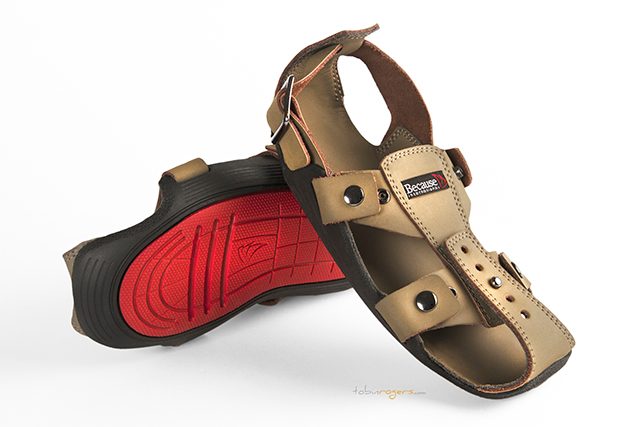
When it comes to helping the poor, rarely ever do we think of something as basic as the shoes they wear (or don’t wear). Yet footwear is crucial to a person’s well-being. Having any pair of shoes can prevent diseases and injuries, while having the right one can truly improve a person’s quality of life.
Shoes cut open in Kenya
American entrepreneur Kenton Lee realized the importance of footwear while traveling after college.
During a stint working at an orphanage in Nairobi, Kenya, Lee was walking with the kids when he noticed a little girl in a white dress nearby.
“I was shocked that her shoes were so small,” Lee said. “They were so small that she had to cut open the front of her shoes to let her toes stick out.”
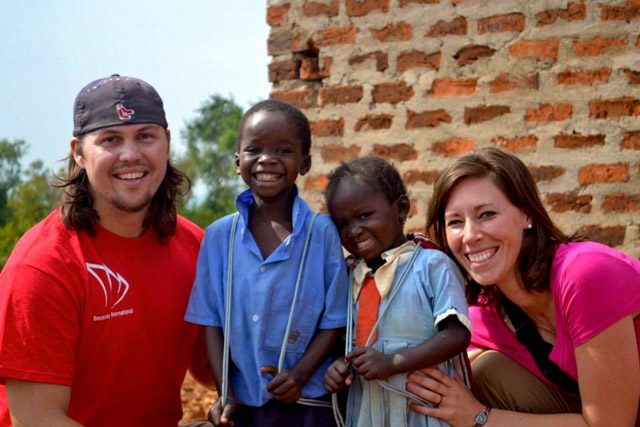
From that indelible image, Lee got the idea for a shoe that could adjust and expand as a person grew, which would eventually become The Shoe That Grows.
Lee said the technology underlying The Shoe That Grows is relatively simple. The social enterprise offers two shoes, a small one for children between 5 and 9, and a larger one for children between 10 and 14.
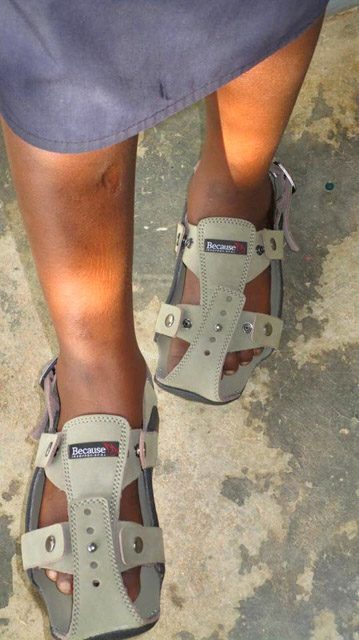
Each of the two shoes is expandable by up to 5 sizes. “The shoes grows in 3 main places: the front (with a post and holes), the sides (with snaps), and the back (with a buckle),” Lee said.
The biggest challenge for Lee in developing The Shoe That Grows was the fact he did not hail from the world of fashion.
“Basically, I just had the idea. I wasn’t a shoe person. I didn’t have any experience in the shoe industry,” he said.
As a result, Lee had to find a partner with the right experience to help develop the germ of an idea into The Shoe That Grows.
Lee stated that it took years to find this person. “Once we did, then things really took off,” he said. “But it took a long time for us to find someone who believed in our idea.”
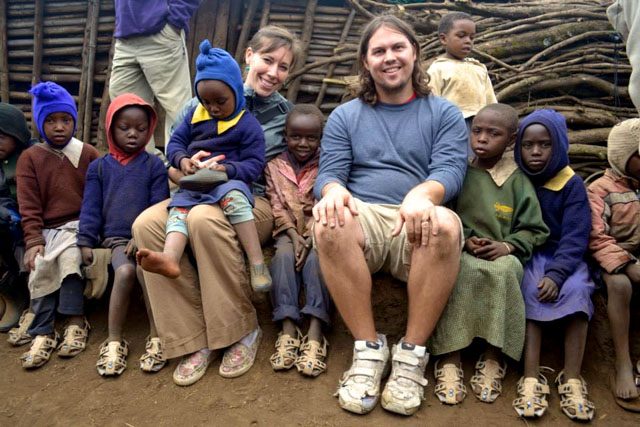
Alternative to 1-for-1
The Shoe That Grows sells their footwear wholesale to individuals and groups who work with kids, such as non-profit organizations and churches. While Lee said his shoes have yet to be distributed in the Philippines, he hopes that they someday will.
“As soon as we connect with some large and small partners that work in the Philippines, then our shoes will have wider distribution,” he said.
Lee’s goal is not just to distribute The Shoe That Grows in emerging markets like the Philippines, but to have them to manufactured there from the start. He wants the countries where they are being used the most to produce them locally and distribute them locally.
“So hopefully our shoes can contribute to the local economy and employment, too,” he said.
No matter where Lee’s shoes are produced and distributed, the priority remains the same. “We hope that our shoes can help children stay healthy and happy as they always have a pair of shoes that can fit,” he said. “That’s #1.”
There are other social enterprises in the world of footwear with similar goals, most notably TOMs Shoes. TOMs Shoes pioneered, if not popularized, the one-for-one model: for every pair of their shoes that a consumer buys, they will donate a pair to a person in need.
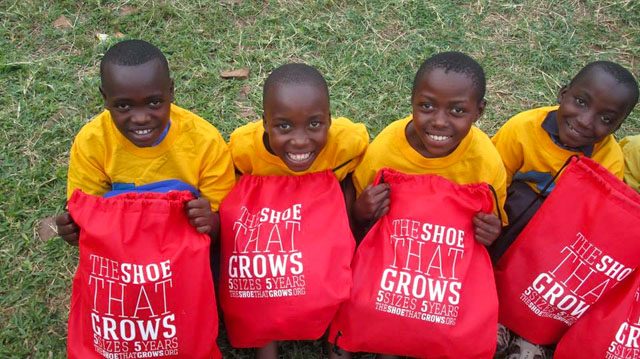
Lee said that the groups that The Shoe That Grows targets are not necessarily in the market for a TOMs Shoes-style model.
In addition, Lee is upping the ante on the shoe giving with the consumer play of The Shoe That Grows. They will begin selling their shoes directly to consumers for $60 (P2,728).
“With that purchase, we will donate 2 pairs to kids around the world. So it is kind of like TOMS, but instead of 1-for-1, it is actually 1-for-2,” he said. – Rappler.com
Rappler Business columnist Ezra Ferraz brings you Philippine business leaders, their insights, and their secrets via Executive Edge. Connect with him on Twitter: @EzraFerraz
$1 = P 46.66
Add a comment
How does this make you feel?
There are no comments yet. Add your comment to start the conversation.